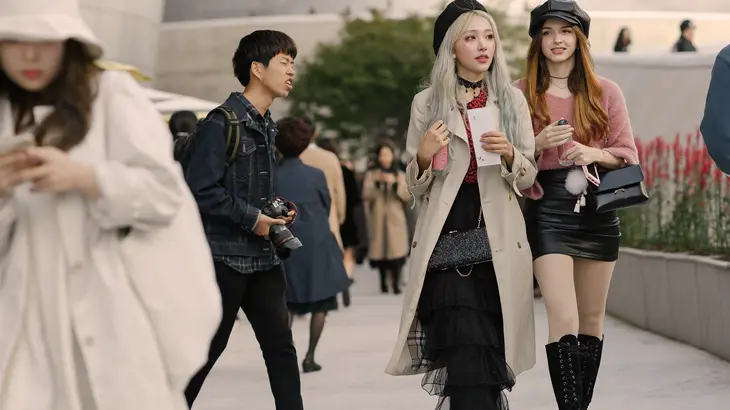
The Intriguing World of Korean Traditional Dance: A Cultural Heritage in Motion
- Admin
Embark on a captivating journey into the realm of Korean traditional dance, where ancient traditions come alive through graceful movements, vibrant costumes, and rhythmic beats. With roots dating back thousands of years, Korean traditional dance is a cultural treasure that embodies the spirit, history, and identity of Korea. Join us as we explore the fascinating world of Korean traditional dance, uncovering its rich history, diverse styles, and enduring legacy.
A Glimpse into the Past: The Origins of Korean Traditional Dance
Korean traditional dance has its origins in ancient shamanistic rituals and court entertainment, evolving over time to encompass a wide range of styles and genres. From ceremonial dances performed in sacred rituals to folk dances celebrating the rhythms of everyday life, each dance reflects the unique cultural heritage and regional traditions of Korea. Despite the passage of time, Korean traditional dance has remained a vital part of Korean culture, cherished for its beauty, symbolism, and expression of emotion.
Styles and Genres: Exploring the Diversity of Korean Traditional Dance
Korean traditional dance encompasses a diverse array of styles, each with its own distinctive characteristics and cultural significance. From the elegant movements of court dances like "seungmu" and "salpuri" to the dynamic rhythms of folk dances like "ganggangsullae" and "talchum," Korean traditional dance celebrates a wide range of themes, from love and joy to sorrow and reverence. Whether performed solo, in pairs, or as part of a larger ensemble, each dance tells a story and evokes a deep emotional connection with the audience.
Costumes and Props: The Artistry of Korean Traditional Dance
Central to Korean traditional dance is the artistry of costumes and props, which play a crucial role in enhancing the beauty and storytelling of each performance. Traditional hanbok garments are often adorned with intricate embroidery and embellishments, while elaborate headpieces, fans, and ribbons add a touch of elegance and flair. From the colorful robes of court dancers to the whimsical masks of folk performers, costumes and props are meticulously crafted to capture the essence of each dance and transport the audience to another time and place.
Preserving Tradition: Nurturing the Future of Korean Traditional Dance
In an era of rapid modernization and globalization, there is a growing awareness of the importance of preserving and promoting Korean traditional dance for future generations. Cultural institutions, dance academies, and government initiatives are working tirelessly to ensure that traditional dance forms are passed down to the next generation of dancers. Through education, performance opportunities, and cultural exchange programs, Korean traditional dance continues to thrive as a living art form, connecting people of all ages and backgrounds with Korea's rich cultural heritage.
Conclusion:
As we conclude our exploration of Korean traditional dance, we are reminded of its timeless beauty, cultural significance, and enduring legacy. From ancient rituals to contemporary performances, Korean traditional dance continues to captivate audiences with its grace, elegance, and emotional depth. As we celebrate the rich history and vibrant diversity of Korean traditional dance, let us honor the dedicated artists and practitioners who keep this ancient art form alive and vibrant for generations to come.
